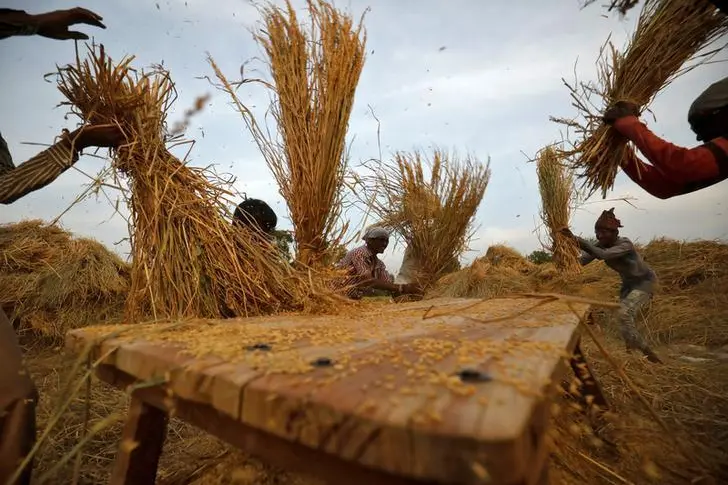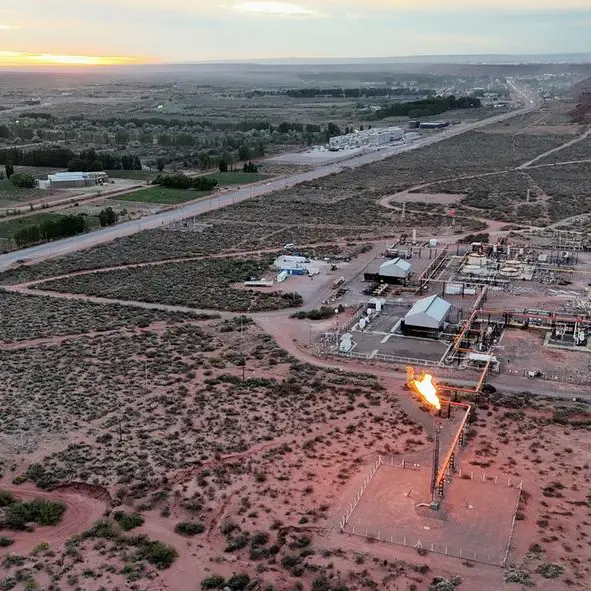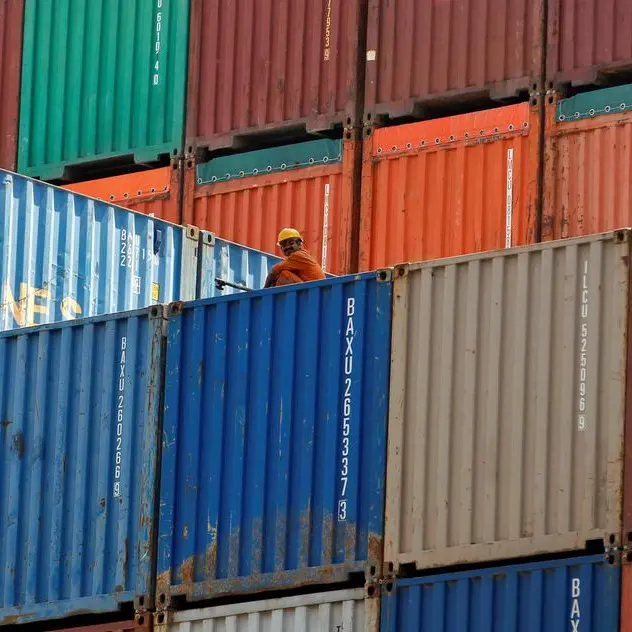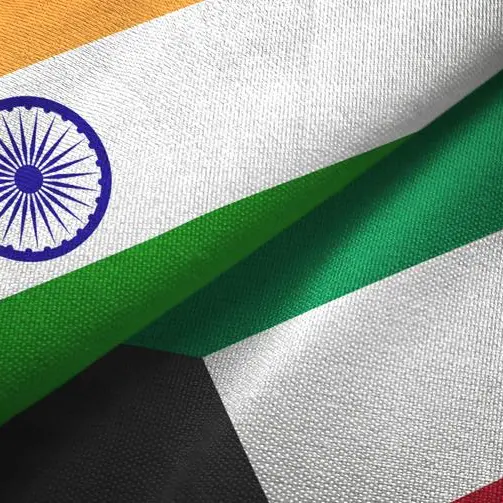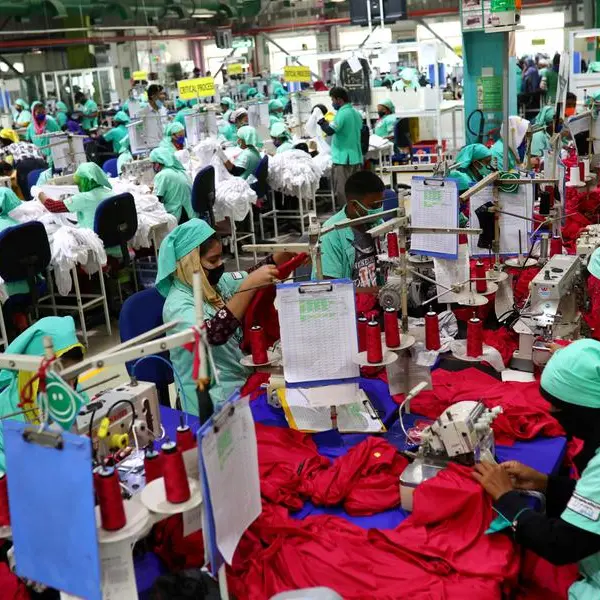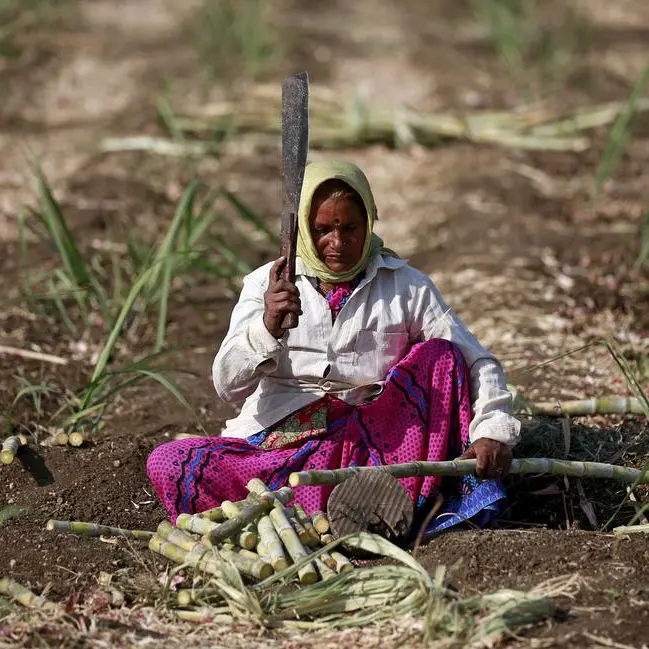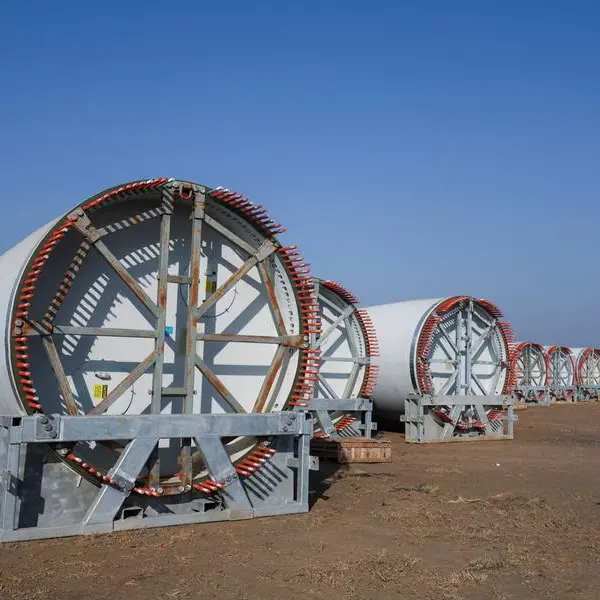PHOTO
MUMBAI/NEW DELHI - Indian farmers have so far planted wheat and rapeseed on nearly 15% more area than a year ago, the latest data from the farm ministry showed, as planting of winter-sown crops accelerated.
Higher wheat production in India, the world's second biggest producer of the staple, could help New Delhi to lower prices and replenish inventories that have fallen to a multi-year low.
A rise in rapeseed output could help the world's biggest edible oil importer to reduce overseas buying of palm oil, soyoil and sunflower oil.
Wheat was planted on 10.1 million hectares as of Nov. 18, up from last year's 8.8 million hectares, provisional data released by the Ministry of Agriculture & Farmers' Welfare showed.
India grows only one wheat crop in a year, with planting in October and November, and harvests from the end of February.
India was forced to ban exports of the staple in May this year, after a sudden rise in temperatures in March cut crop yields.
Despite the ban, wheat prices have hit a record high, prompting the government to weigh measures such as the release of state reserves into the open market while axing the 40% tax on imports to cool prices.
The area under rapeseed, the main winter-sown oilseed, was 6.3 million hectares, up from last year's 5.5 million hectares.
Farmers expanded the planting area as returns from wheat and rapeseed have jumped in recent seasons, and prices of competing crops such as chickpea stagnated, Ashwini Bansod, head, commodities research at Phillip Capital India Pvt Ltd, said.
"Area under wheat and mustard is expected to rise in 2022/23 season," she said.
The total area of winter-sown crops stood at 26.9 million hectares as of Friday, higher than last year's 25.1 million hectares.
Late rains in October raised soil moisture levels and helped farmers to increase the area under wheat, rapeseed and other crops, growers said.
(Reporting by Rajendra Jadhav and Mayank Bhardwaj; Editing by Jacqueline Wong and Barbara Lewis)
